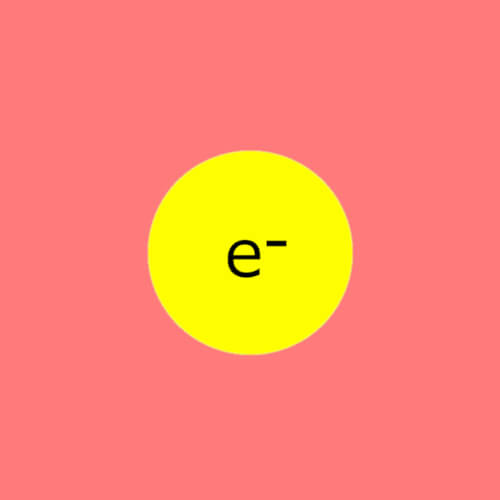



An electron (e-) is a subatomic particle, or particle smaller than an atom, with a negative electric charge. Compared to protons and neurons, the other subatomic particles in atoms, electrons are much smaller. Physicists believe electrons to be elementary particles, meaning they can not be split up into any smaller particles.
Electrons orbit around the center of an atom, called the nucleus, in specific regions known as energy levels or electron shells. Here, they play an important role in many processes, including chemical reactions and the flow of electricity.
"Quantum entanglement" is a complicated and very bizarre relationship between two particles that goes against our everyday understanding of the world. When two electrons become entangled, they become connected in such a way that the behavior of one electron instantly affects the behavior of the other, no matter how far apart they are. The great physicist Albert Einstein once famously called this, "Spooky action at a distance."
Though not quite like in science fiction, electrons actually can jump instantly from one place to another without traveling in between. Physicists call this bizarre behavior "quantum tunneling," and it's related to electrons' ability to sometimes behave as waves instead of particles.
When electrons have enough energy, they can leave their original atoms and move to other atoms nearby. This movement of electrons is what we call electricity.
Electrons have a special property called spin, even though it doesn't mean they spin like a top. It's more like an internal twist or rotation they have as they move around. Electrons like to be paired up inside of the atoms they belong to with other electrons of opposite spin. Sometimes, however, not all electrons can be paired up with electrons of opposite spin. This leads to interesting properties, like magnetism!
Unlike the large objects we see around us, tiny particles, including electrons, can sometimes act like objects and other times like waves. It's a mind-boggling idea physicists call "wave-particle duality." Scientists have even conducted special experiments to show this strange behavior. They found that when they tried to measure exactly where an electron is, it behaves like a particle, appearing in only one spot. But when they don't try to measure its position, it acts like a wave, spreading out and being in many places at the same time.